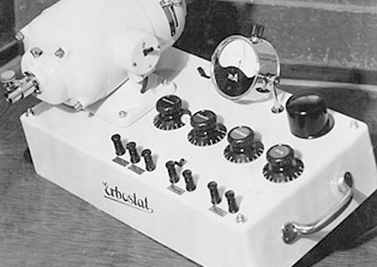The beginnings of electrosurgical technology 1923-1962
Otto Erbe changed the course of the company. In terms of the technology used, he focused on the development of an adjustable spark gap that used tungsten rather than silver contacts, for which he was granted a German Imperial Patent in 1931.
Otto Erbe (1884-1965)

In 1923, Otto Erbe took over the company from his mother Pauline, whom he had already been assisting in managing the company. In 1921 he had completed a degree in optical engineering in Jena. Under his management, the professional tradesman's workshop gradually developed into an industrial enterprise, while technical developments continued apace. From 1919 onwards, the retail store, offices and private apartment were all located in the building at no. 7 Holzmarkt. From 1920 onwards, the production facilities were located at the former location of the Tuebingen city waterworks at no. 35 Hechinger Straße.
The Great Depression, inflation and World War II – Otto Erbe had to steer the company ship through difficult times. He also suffered personal tragedy: he and his wife Ella lost two of their three sons. Both soldiers, they died in action during the war. Their son Helmut, born in 1928, was now the only one left who could take over the family business.
Otto Erbe changed the course of the company. In terms of the technology used, he focused on the development of an adjustable spark gap that used tungsten rather than silver contacts, for which he was granted a German Imperial Patent in 1931. He laid the foundation for electrosurgery in manufacturing and transformed the name into a brand: during the 1930s, Erbotherm was joined by Erbotom, Erbetrans, Erbe-Simplex and several other devices, all with a name that was now unmistakable.
In the final years of World War II, Erbe was a supplier to the medical equipment facilities and military hospitals of the German Wehrmacht. Arms then became prioritized over medical equipment in terms of necessity, accessory equipment could no longer be obtained, and Erbe also fulfilled contracts for the Wehrmacht. During this time, it was primarily sales from the retail store, including glasses, binoculars and photography, that kept the business going.
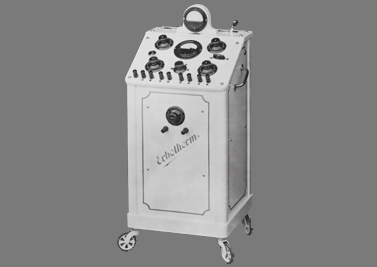
At the beginning of the 20th century, diathermy devices were used both for therapeutic as well as for surgical applications. Around 1920, Erbe launched the first electrosurgical units onto the market. This was followed in 1923 by the first electrosurgical unit designed exclusively for surgical applications, the Erbotherm 900 HC. It was equipped with the tungsten spark gap developed in-house, the contacts of which were less susceptible to corrosion and also permitted adjustable levels of current. The name became a brand: in 1930, the Erbotherm series was joined by Erbotom. The first ultra-short-wave devices with tube generators were produced.
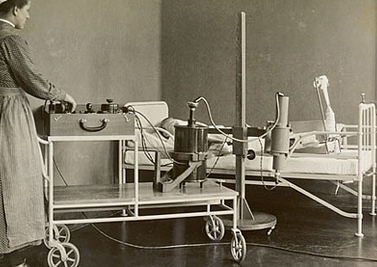
Erbe X was considered a sensation among experts in the field. It was the first portable x-ray device that could be used directly at the patient's bedside. Despite pioneering work in its development, Erbe did not benefit from its commercial success. The necessary production of a low-frequency system in Tuebingen was prevented by a competitor's patent that protected the grounding of the casing.
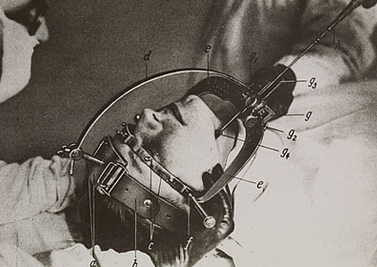
In 1928, together with the director of the university surgical clinic, Prof. Martin Kirschner, Otto Erbe developed a targeting device for the thermal separation of the pain fibers of the trigeminal ganglion, a synapse of the facial trigeminal nerve. Access for the instruments for electrosurgical coagulation was provided via the foramen ovale, an opening at the base of the skull. This procedure relieved countless sufferers of crippling and generally chronic pain.
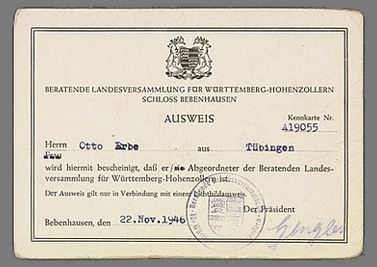
After the end of the war, Otto Erbe was involved in establishing Germany as a democracy. He participated in municipal, regional and federal state politics. In 1946, he received the highest number of votes in the Tuebingen municipal council elections, and became Deputy Lord Mayor in 1948. He was a member of the advisory state assembly of Wuerttemberg-Hohenzollern. This image shows his identity document from 1946, confirming his status as a member of the assembly. Otto Erbe was awarded the highest grade of the Order of Merit of the Federal Republic (Bundesverdienstkreuz) in honor of his work, and was made an honorary citizen of the city of Tuebingen in 1956.
When Otto Erbe died in 1965, he left behind a solid business.
